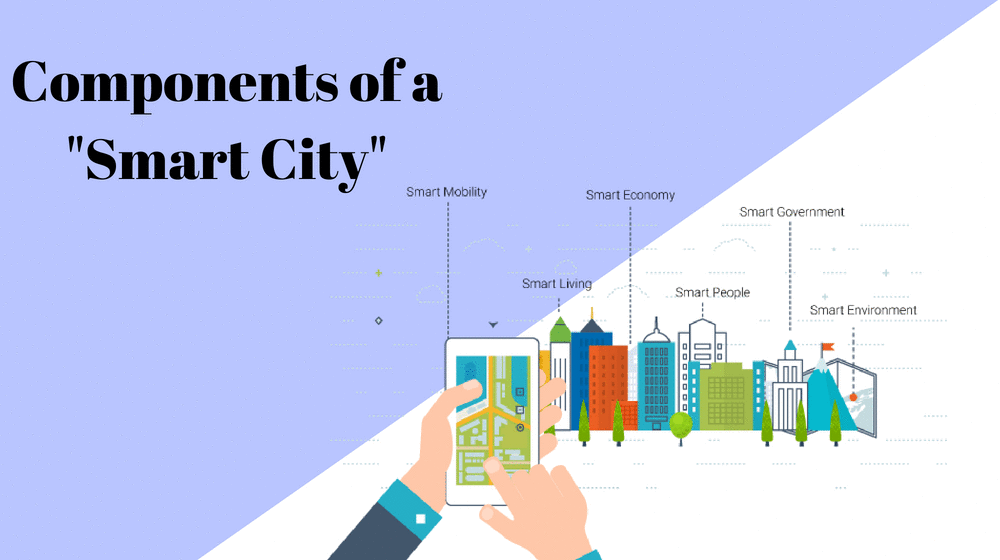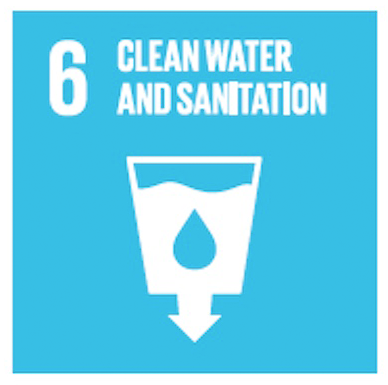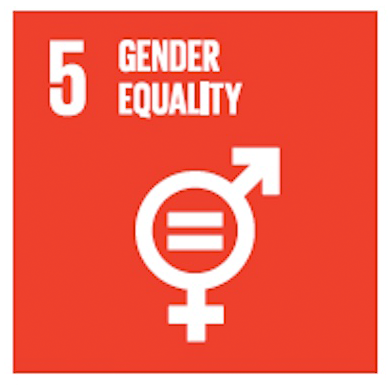
Cities are complex systems of interconnected people, businesses, transportation, services utilities and communication networks. As cities grow and evolve, they put pressure on both the economic and environmental sustainability. There is an ongoing debate about how technology based solutions should be used within urban planning for the future prosperity of a city.
A smart city is an are urban area that use different types of electronic data collection sensors to supply information to better manage local resources. At a elementary level, a smart city aims to focus on citizen engagement, safety and convenience. The opportunities for a smart city are endless, but for starters the vision is for them to have these elements: Smart Energy, Smart Agriculture, Smart Health, Smart Mobility and Open Data.
Cities such as Toronto are ahead of the curve with initiatives such as Sidewalk Labs– They are designing a district in Toronto’s Eastern Waterfront to tackle the challenges of urban growth. Their vision to combine people centered urban design with cutting-edge technology to attain new standards of sustainability, affordability, mobility and economic opportunity, breaking down the goals into six areas:

- Mobility: Provide an overall transportation system that is safer and more convenient than the private car, at a much lower cost. Leveraging self-driving technology and digital navigation tools can prompt a next generation, point-to-point transit system that complements cycling, bus or rail options to improve convenience, reduce costs and enhance safety
- Real Estate: Provide housing that is much more efficient and in turn much more affordable by using new construction methods, creative designs that enable mixed-use, walkable neighbourhoods that reduce the cost of housing and retail space.
- Sustainability: A portfolio of design and infrastructure that can dramatically reduce building energy consumption, landfill waste and carbon emissions. Starting a blueprint for a climate positive, green neighbourhood
- Vibrant Public Realm: A together society that puts people first. All infrastructure and data management tools that will enable cities to make parks, plazas more comfortable, lively and safe. Using self driving vehicles and transportation to enable communities to use public space for social connections
- City Services: Implementing better data integration, combined with more accessible community spaces that offer a wide range of local services, and promote a comprehensive approach to social community services that delivers better outcomes to people at lower costs
- Digital Infrastructure: The core of a future smart city is a layer of digital infrastructure that provides universal connectivity for all, offers new insights on the urban environment and encourages creation and collaboration to address local changes.
Sidewalk Labs works with local governments, officials and city planners, being mostly focused on the public side of the smart city. On the other hand, smart cities represent a major business opportunity for the private sector. At the basic level, tech firms will be needed to sell all kinds of systems to government agencies, but the truth is that city governments won’t be able to supply every type of application and service themselves. This will result in a reconfiguration of traditional roles and divisions of labor. An intricate mix of private and public sector will create a unique urban ecosystem, that varies city to city.
The Harvard Business Review offers three questions for business leaders to prepare for the shift of a smart city:
HOW DO WE NEED TO ADAPT OUR CURRENT OFFERINGS?
Multiple industries are altering their approach in dynamic urban markets. Utilities are rolling out smart meters and introducing dynamic pricing schemes, pharmacies are adding telemedicine kiosks and real estate developers are integrating automated systems and sensors into building their properties. Customers can now order food directly to their seat at certain sports venues. Food and grocery delivery systems are already changing our shopping experience.
If you’re part of a company that serves the public sector directly, you may have to think outside of the box to work around public budgets and government spending constraints. For example, Cisco introduced its $1 billion City Infrastructure Financing Acceleration Program to help cities around the world fund and adopt technologies to transform their community.
If you are a leader in your company ask yourself: “Is my business ready for or easily adaptable to new technology that comes with a smart city?”
HOW MIGHT SMART CITIES SHIFT VALUE IN OUR INDUSTRY?
As the smart cities loom in the future, the implications are especially large for the real estate industry. As cities get smarter, the value of urban properties will shift. A shifting dynamic in automated cars, on demand transportation, at low costs and high efficiency colud raise housing values in areas that are not currently well served by conventional public transit. This could open up opportunities for investment and development in previously congested, polluted or crime ridden areas.
WeWork, provides a “space for service” platform to track employee and workers productivity, space and time usage. Rather than providing a fixed amount of space for a fixed amount of time, sensor fed software lets the company track precisely how many people use desks, conference rooms, amenities and then track the data to maximize utilization. The same technology could be used in traditional office space to track wages and productivity of employees.
Think about how your industry will be affected by innovate technology overall and its impact on where you do business. Make necessary changes to stay ahead of the curve of the smart city.
WHAT DOES IT TAKE TO BE A SUCCESSFUL SMART CITY PROVIDER?
The term serving a city used to mean that you were selling a product directly to city or governments. With innovation in the cityscape and ecosystem, the scope of possibilities has grown dramatically. New business models are emerging to compliment the range of innovation and technology, business to government to consumer (B2G2C) models are becoming more common.
It’s important to consider how your companies offering will affect the general public, regardless if they are customers or users of the offering. Cities have many stakeholders and constituents and have a strong opinion on solutions that impact their community.
Many businesses may lack some capabilities in their existing teams. Adding previously non-existing positions such as urban planners, sociologist, designers and alike may be necessary to broaden traditional business thinking. The need to tailor solutions to each city’s identity, combined with considering the multiple shareholders and agencies at stake may be challenging, but will be necessary to penetrate, succeed and profit in the smart city.
The Challenge
Going forward, it’s important to consider the changes and innovation that are to come in the future. It will be important for both businesses and governments to collaborate and innovate so all citizens live freely, our environment can sustain and our economy can thrive. Smart cities are inevitably looming in the near future. With the help of Prepr and our PIE kit, you can make sure your enterprise is ready to take on the challenge and innovate. As a teacher, you can inspire your students to think ahead and contribute to the smart city they will live in. As an entrepreneur, you can equip yourself with the skills and knowledge to succeed in the ever changing landscape of business and innovation. Try Prepr and take the challenge of leading innovation for a smart city today.
Take the Challenge
Co-Learn the PIE method and build a team, choose a challenge that you’re passionate about and apply PIE to co-Solve and co-Create projects with impact. Build your portfolio and tap into your infinite learning potential.
Requirement
Prepr Challenge Kit
What You Will Get
– Receive a Prepr Certificate in problem solving with PIE
– Compete to win first, second and third place trophy and bragging rights
– Build your professional portfolio
– Win prizes, giveaways and more…
Challenge Date

1 OUT OF 24
POVERTY CHALLENGE
Eradicating poverty is not a task of charity, it is an act of justice and the key to unlocking an enormous human potential.Learn More

2 OUT OF 24
HUNGERCHALLENGE
End hunger, achieve food security and improved nutrition and promote sustainable agriculture.Learn More

3 OUT OF 24
HEALTH CHALLENGE
Ensure healthy lives and promote well-being for all at all ages.Learn More

4 OUT OF 24
EDUCATION CHALLENGE
Ensure inclusive and equitable quality education and promote lifelong learning opportunities for all.Learn More

6 OUT OF 24
WATER CHALLENGE
Ensure availability and sustainable management of water and sanitation for all.Learn More

7 OUT OF 24
ENERGY CHALLENGE
Ensure access to affordable, reliable, sustainable and modern energy for all.Learn More

8 OUT OF 24
WORK CHALLENGE
Promote sustained, inclusive and sustainable economic growth, full and productive employment and decent work for all.Learn More

9 OUT OF 24
INFRASTRUCTURE CHALLENGE
Build resilient infrastructure, promote inclusive and sustainable industrialization and foster innovation.Learn More

11 OUT OF 24
SUSTAINABLE CITIES CHALLENGE
Make cities and human settlements inclusive, safe, resilient and sustainable.Learn More

12 OUT OF 24
CONSUMPTION AND PRODUCTION CHALLENGE
Ensure sustainable production and consumption patterns.Learn More

13 OUT OF 24
CLIMATE CHALLENGE CHALLENGE
Take urgent impact to combat climate change and its impacts.Learn More

14 OUT OF 24
OCEAN CHALLENGE
Conserve and sustainably use the oceans, seas and marine resources for sustainable deveolpment.Learn More

15 OUT OF 24
LAND CHALLENGE
Protect, restore and promote sustainable use of terrestrial ecosystems, sustainably manage forests, combat desertification, and halt and reverse land degradation and halt biodiversity lost.Learn More

16 OUT OF 24
PEACE CHALLENGE
Promote peaceful and inclusive societies for sustainable development, provide access to justice for all and build effective, accountable and inclusive institutions at all levels. Learn More
17 OUT OF 24
PARTNERSHIP CHALLENGE
Strengthen the means of implementation and revitalize the global partnership for sustainable development. Learn More
18 OUT OF 24
ARTIFICIAL INTELLIGENCE CHALLENGE
The increase in all forms of artificial intelligence is having a significant impact on society and is continuously changing the way we live, work and interact. Learn More
19 OUT OF 24
BLOCKCHAIN CHALLENGE
Blockchain technology is changing the landscape of traditional financial services. Whether its through logistics, cryptocurrency or encrypted communication, blockchain is here to stay. Learn More
20 OUT OF 24
SMARTCITY CHALLENGE
How should technology based solutions should be used within urban planning for the future prosperity of a city. Learn More
21 OUT OF 24
CYBER SECURITY CHALLENGE
With a majority of our personal and financial information living in accessible portals online, cybersecurity is more crucial than ever. By 2020 it is estimated that over 1.5 billion people will be affected by some sort of data breach. Learn More
22 OUT OF 24
ADTECH-MARTECH CHALLENGE
Advertising and Marketing technology are changing the way that businesses and organization handle their marketing and public relations. Learn More
23 OUT OF 24
FINTECH CHALLENGE
Global investment in Financial Technologies have more than tripled in recent years, signifying that a digital revolution has arrived in the financial services sector. Learn More
24 OUT OF 24
AR-VR CHALLENGE
Market growth within Augmented and Virtual reality show that the market is expected to reach over $2.8 billion by 2023. Learn More


